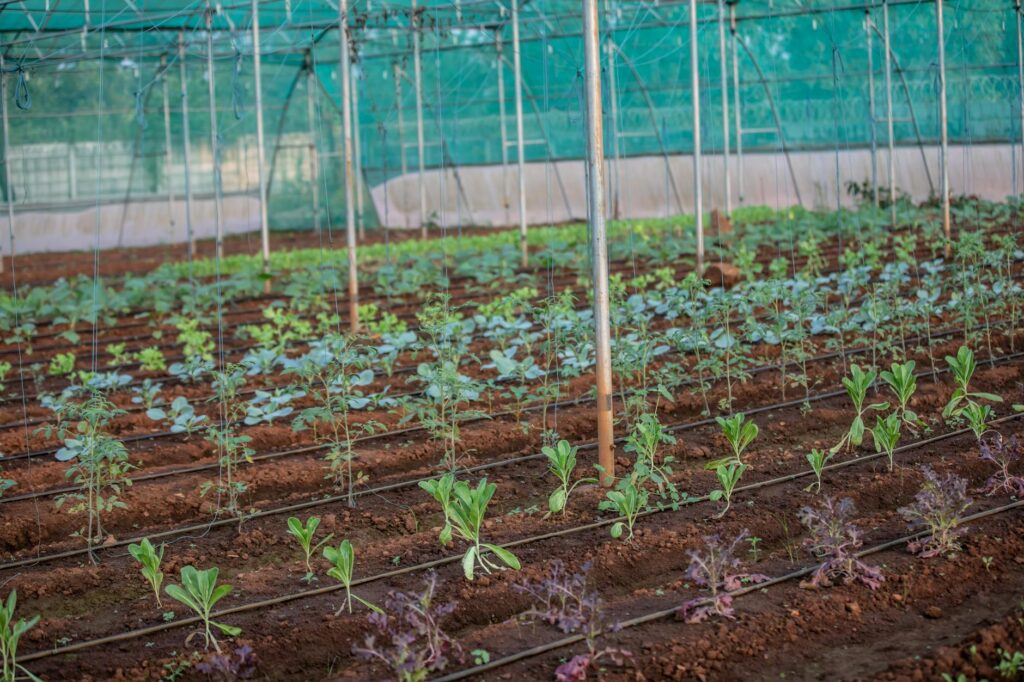Greenhouses are essential for optimizing plant growth and ensuring high yields. However, protecting crops from pests, diseases, and environmental stresses is crucial. One of the most effective ways to safeguard your greenhouse crops is by using high-quality greenhouse sheets. This blog post will explore various crop protection strategies and the benefits of greenhouse sheets, including their role in enhancing plant health and productivity.
Importance of Greenhouse Sheets
Greenhouse sheets serve as the first line of defense for your crops. Made from materials such as polyethylene or polycarbonate, these sheets provide essential protection against:
- UV Radiation: Protects plants from harmful rays while allowing adequate sunlight for photosynthesis.
- Pests: Acts as a barrier against insects and other pests that can harm crops.
- Weather Elements: Shields plants from harsh weather conditions, such as hail, wind, and heavy rain.
Types of Greenhouse Sheets
- Polyethylene Sheets: These are lightweight, cost-effective, and provide excellent UV protection. They are available in various thicknesses, which can influence their durability and insulation properties.
- Polycarbonate Panels: Known for their durability, polycarbonate panels provide better insulation and impact resistance. They are ideal for regions with extreme weather conditions.
- Shade Nets: These are often used in conjunction with greenhouse sheets to reduce sunlight exposure and prevent overheating, especially during the summer months.
Pest Management in Greenhouses
Implementing an integrated pest management (IPM) strategy is vital for protecting crops. This approach combines cultural, biological, and chemical methods to control pests effectively. Here are some tips for pest management in greenhouses:
- Regular Monitoring: Keep a close watch on plant health and look for early signs of pest infestations.
- Natural Predators: Introduce beneficial insects, such as ladybugs and lacewings, to control pest populations naturally.
- Sanitation: Maintain cleanliness in your greenhouse to reduce the chances of pest infestations. Remove dead plant material and keep tools sanitized.
Disease Prevention
Diseases can spread rapidly in a greenhouse environment. Here are some strategies for disease prevention:
- Proper Ventilation: Ensure adequate airflow to reduce humidity and prevent fungal diseases.
- Water Management: Avoid overhead watering, which can promote fungal growth. Instead, use drip irrigation to keep the foliage dry.
- Crop Rotation: Practice crop rotation to reduce the buildup of soil-borne pathogens.
Choosing the Right Greenhouse Sheets
When selecting greenhouse sheets, consider factors such as your local climate, the types of crops you’re growing, and your budget. High-quality sheets can significantly reduce energy costs and enhance crop yield.
Recommended Products
For those looking to invest in greenhouse sheets, consider these options:
- Polyethylene Greenhouse Film: A budget-friendly choice for beginners.
- UV-Resistant Polycarbonate Panels: Ideal for long-term investment and durability.
- Reflective Shade Nets: Perfect for preventing overheating in warm climates.
Conclusion
Effective crop protection in greenhouses is essential for maximizing productivity and maintaining plant health. Utilizing high-quality greenhouse sheets, combined with robust pest and disease management strategies, can lead to thriving crops and successful harvests. By investing in the right materials and techniques, you can create an optimal growing environment that fosters plant growth year-round.
For more insights into greenhouse management and crop protection, stay tuned for our upcoming posts! Your green thumb deserves the best.
Originally posted 2024-10-22 01:48:00.

